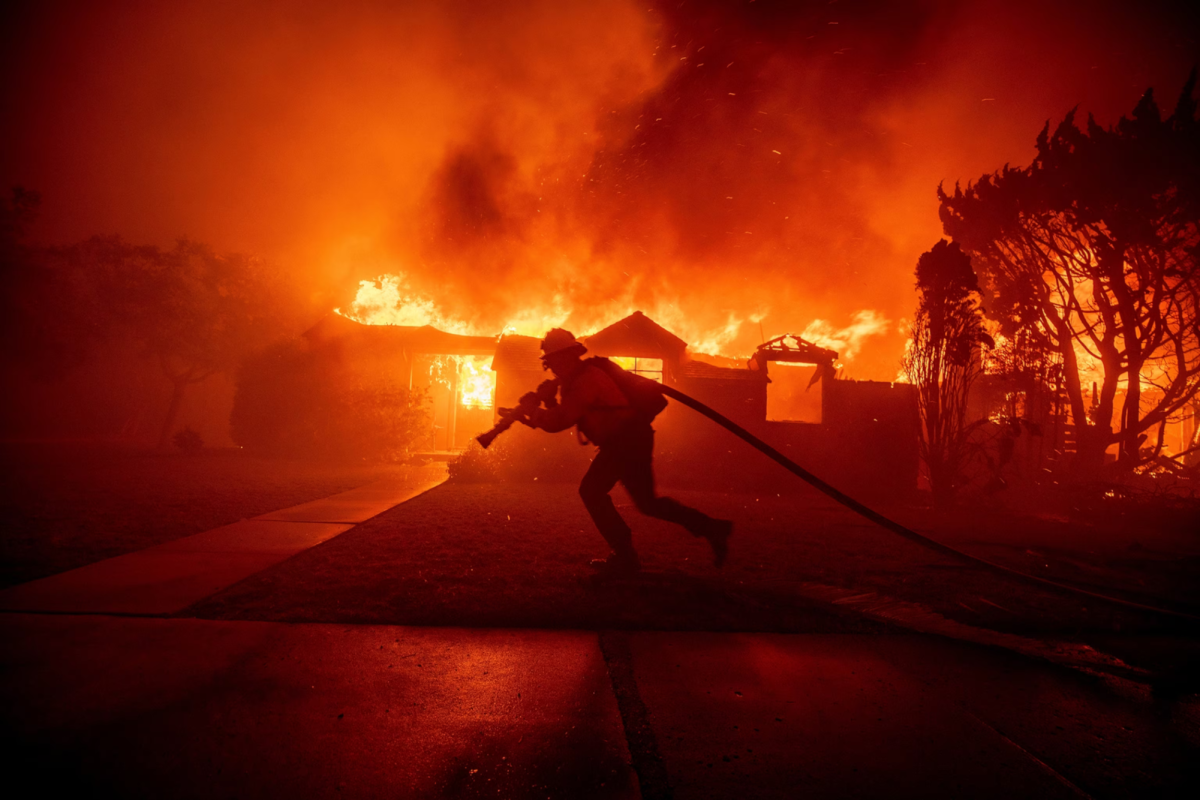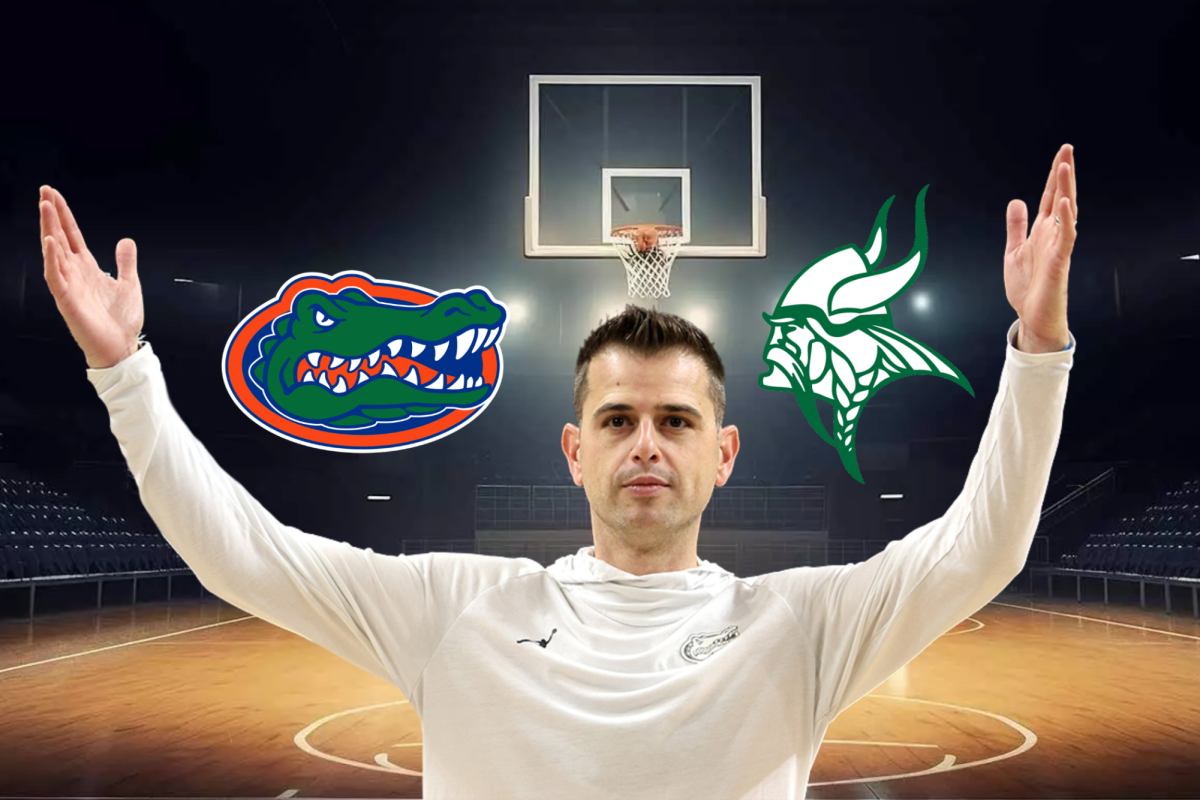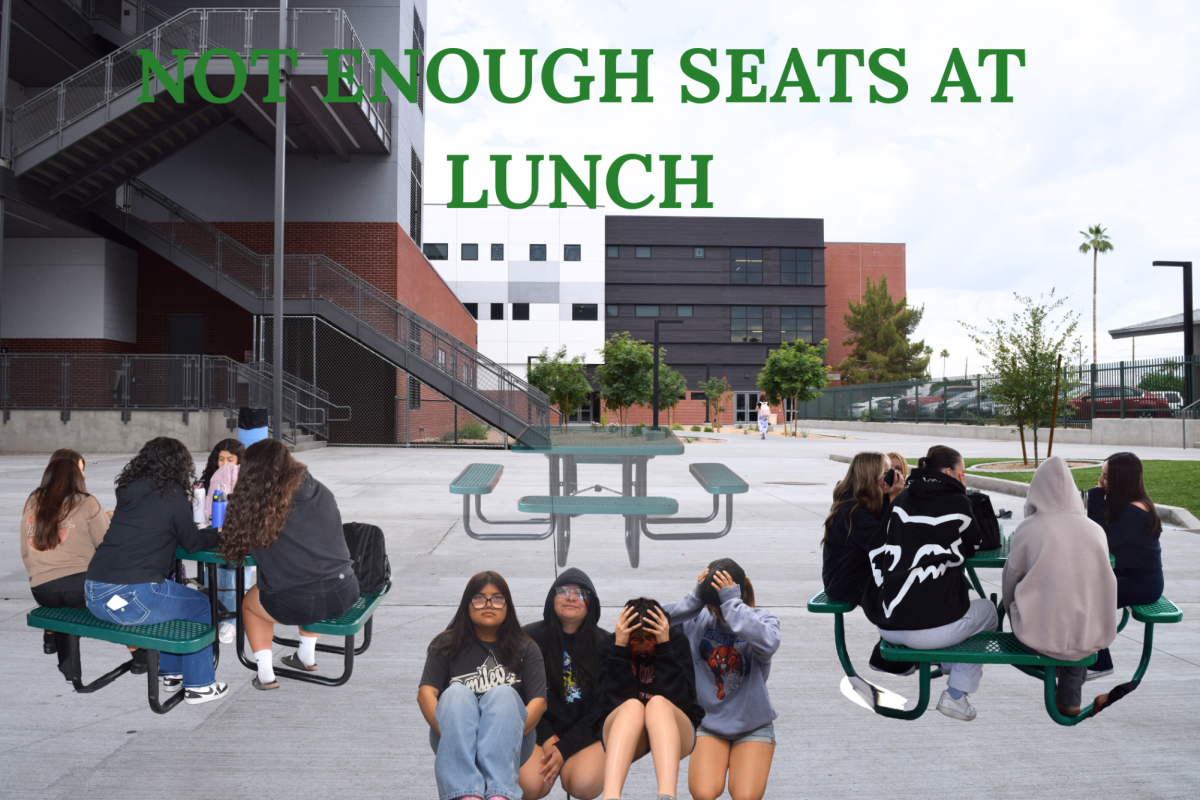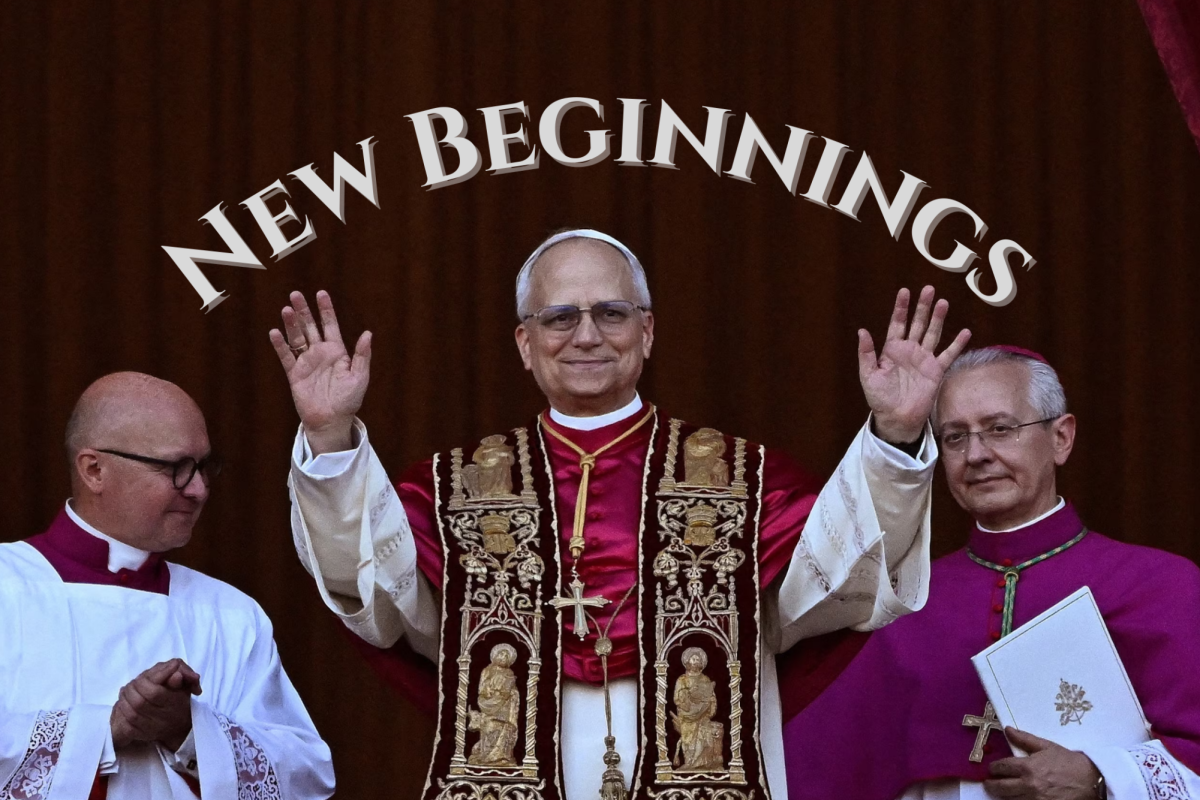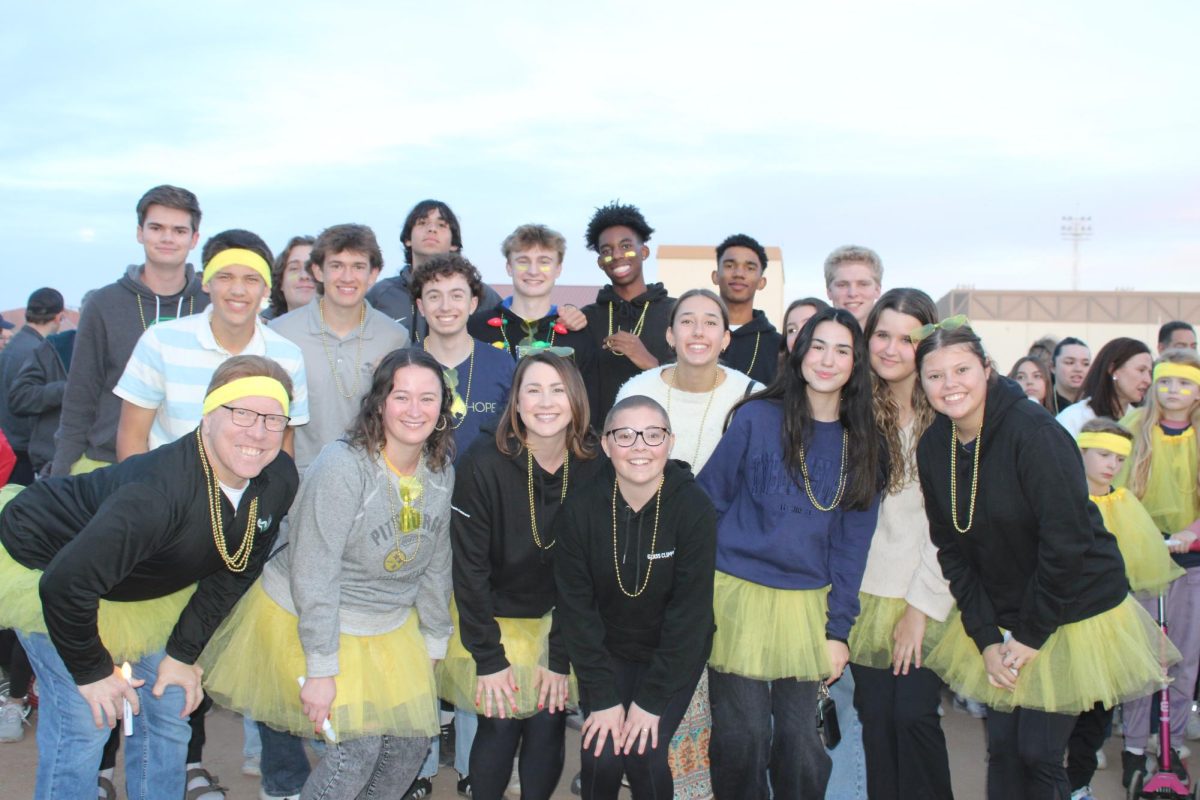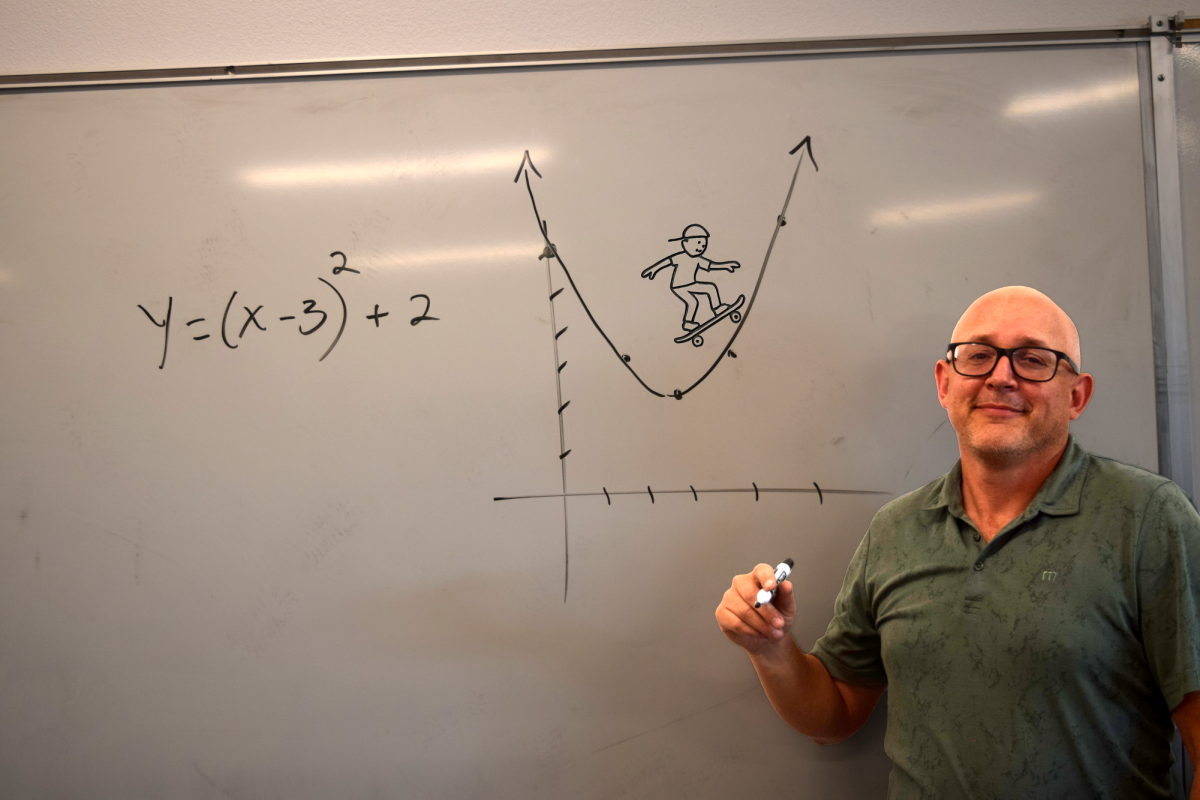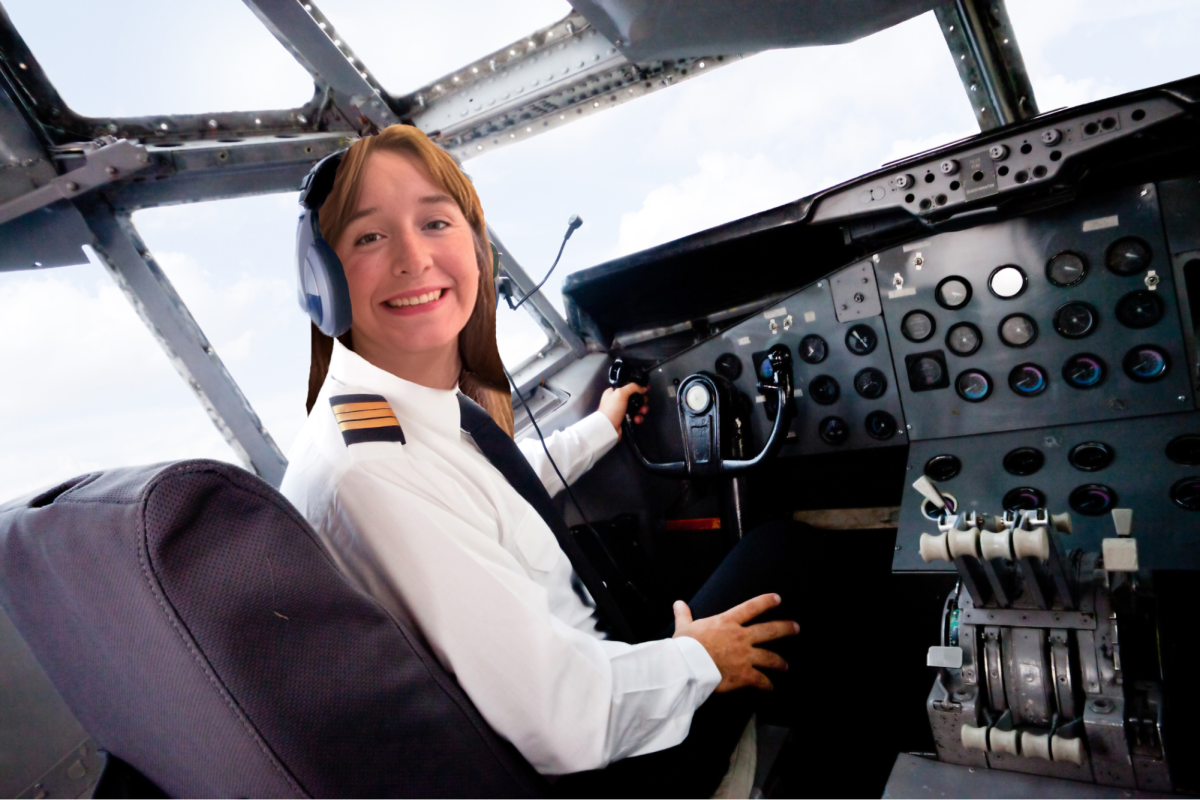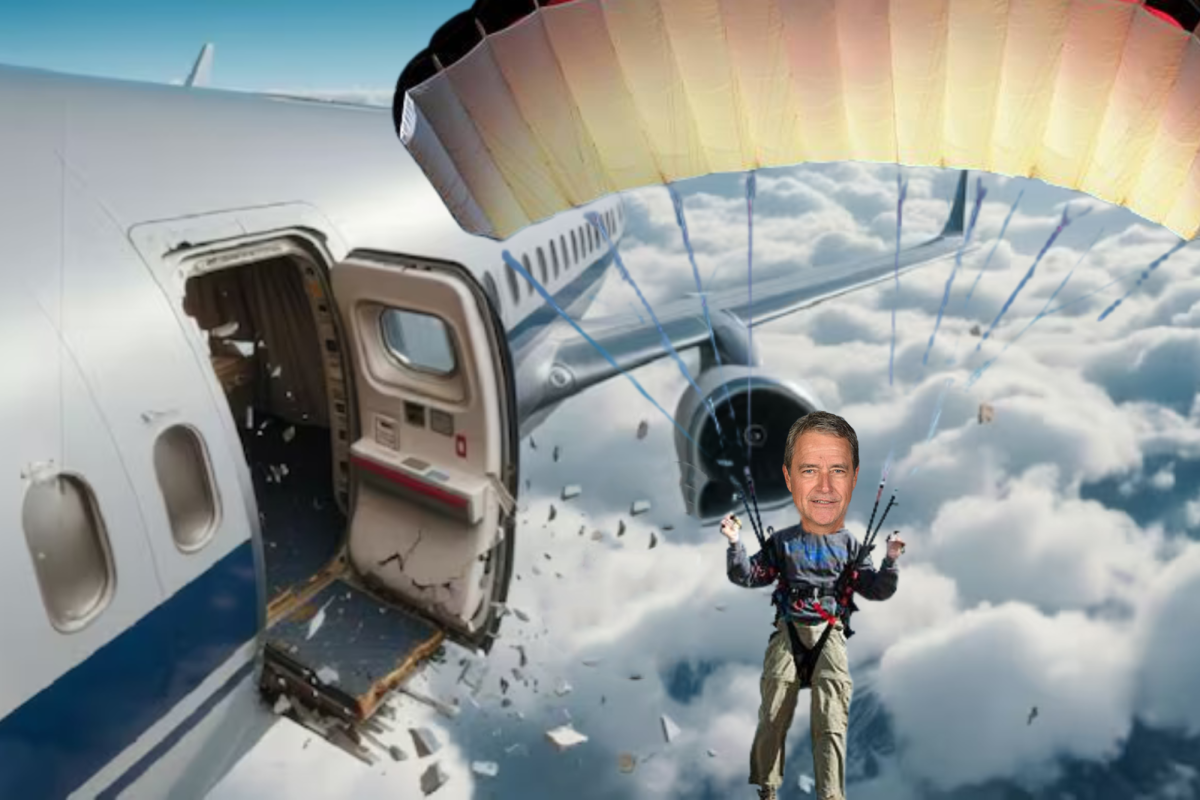On paper, flying in an airplane is one of the most dangerous scenarios imaginable.
The idea of being projected 30,000 feet up in the air, all while squished together with over one hundred other people in an aircraft that is only 110 feet long, scares most.
In America specifically, the idea of airplane crashes has been dramatized since the tragedy of 9/11.
Recently there have been several incidents, some of which you have likely heard of: on January 5, Alaskan Airline Flight 1282 lost a side panel while 16,000 feet in the air.
On January 2, a JAL (Japan Airlines) plane collided with a Coast Guard aircraft. According to Reuters, all passengers in the JAL fight survived while five of the six Coast Guard crew members passed.
Sophomore Sarah Mansfield said, “I think [these events] make a lot of other people deathly afraid to go on planes.”
Since 9/11, every single major plane crash has been broadcast profusely over the news and it is safe to say that it has led to the instilment of fear into the American brain.
Contrary to belief, according to Independent Co., commercial aviation, which does not encompass military and private jets, “was safer in 2023 than in any previous year. Last year set a new record for the fewest accidents and deaths. Only two fatal accidents occurred during the 12 months.”
The fact is that people like to hear about plane crashes because they want to hear about big, dramatic news happening, according to the Oxford Academics website.
With every tragic plane crash, another seven thousand planes are going across oceans and continents safely and soundly, but no one ever focuses on those.
For example, with the recent devastating crash of a U.S. military aircraft killing five soldiers, the news was falsely plastered across news outlets as a plane error contrary to a human error.
“Those five unfortunate coast guards were killed in Japan but, in the last 16 days, several million people have flown absolutely safely with no fatalities or injuries,” said Science Teacher Troy Linnartz.
“So that was an outlier. It was an accident, it was on the heels of an earthquake followed by a tsunami and someone made a mistake.”
Linnartz is not only an avid traveler but has a whole family of airplane enthusiasts; his son is a fighter pilot in the U.S. Navy and his daughter is a part of the U.S. Air Force.
According to The Hill, “fear of flying afflicts as much as 40 percent of the U.S. population,” but the sad truth is, that everything in life is dangerous.
Life is too short to be afraid of such small things with such small chances of even happening.
You could lock yourself in your house, sitting in a corner for the rest of your life, and while the possibility is slim, a chance of death in mundane activities remains.
“Seeing those [stories about malfunctions and accidents] definitely puts me on edge and makes me scared to go on these trips,” said Sophomore Sophia Pappandorous.
Despite feeling apprehensive about flying, there are other dangers day-to-day.
“Life is inherently unsafe,” said Linnartz. “It’s never going to be safe, you are never going to be risk-free.”
The reason people are more afraid of plane crashes than other transportation accidents is because of the shock of a plane crash while in reality, there’s a much higher chance of dying from a car crash.
According to data from the National Safety Council, “the odds of dying in a car accident in the United States are 1 in 107, while the odds of perishing in a plane crash are 1 in 9,821.”
“Being in a plane is a hell of a lot safer than being in a bus or being on a train or walking on a sidewalk or being on a bicycle. It’s the safest mode of travel there is,” said Linnartz.
Indeed, it’s easy to be afraid when big, bolded headlines are being pushed into your face about the newest plane crash; you can’t let fear get in the way of living your life.
Categories:
Aviation Aversion
More to Discover












